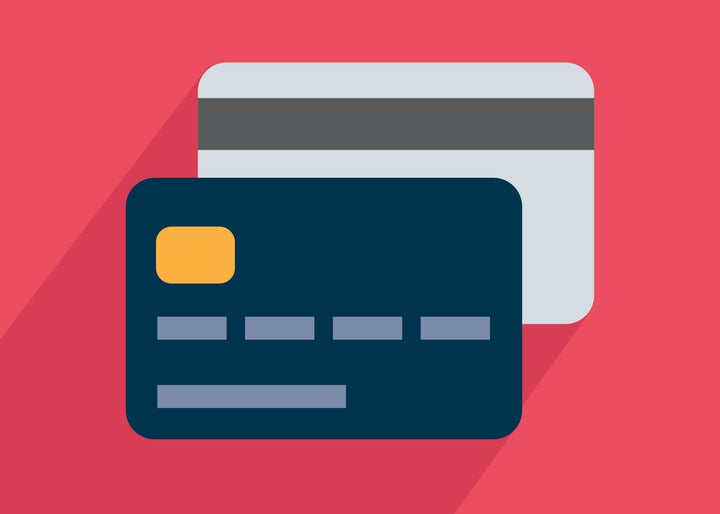
The days of seeing a huge “available fund” on your online banking when you’re actually skint are over, because the rules on overdrafts are changing.
From Wednesday 18 December new rules by the Financial Conduct Authority (FCA) mean that when your “available balance” or “available funds” is displayed it will no longer include your overdraft.
The measures are designed to make it clearer that overdrafts are a form of credit rather than a customer’s own money – and also help to tackle confusion that may lead consumers to accidentally dip into their overdraft and accrue fees.
The changes are part of a wide-ranging shake-up of overdrafts, which from 6 April 2020, will also see new pricing rules introduced.
From 6 April, banks and building societies will be stopped from charging higher prices for unarranged overdrafts than for arranged overdraft. They will also be required to advertise a set arranged overdraft price with an APR (annual percentage rate). This means the end of daily overcharge charges – for example £5 for every day you’re in your overdraft.
But it’s not necessarily all good news. Some providers have already been announcing new single overdraft charges as they prepare to comply with the rules coming into force next year – and rates are high.
Nationwide Building Society introduced a blanket rate of 39.9% across its adult current account range in November – and HSBC, First Direct and M&S Bank will impose the same rate from 14 March 2020 – leading some commentators to say that being charged 40% to go into the red could become “the new normal”.
Some people who stick within their authorised limit, but spend long periods being heavily overdrawn, could find they end up paying more in charges, while those who only sometimes slip into an unauthorised overdraft, or who do not go overdrawn very often or by very much, may pay less, experts have said.
Around 14 million people use an unarranged overdraft each year, while a typical arranged overdraft user will borrow less than £250 for seven days each month.